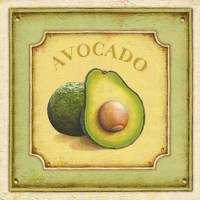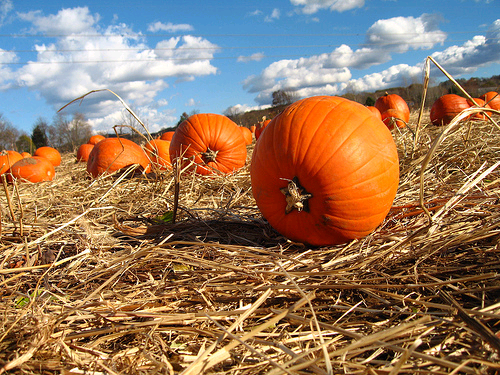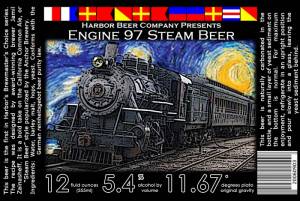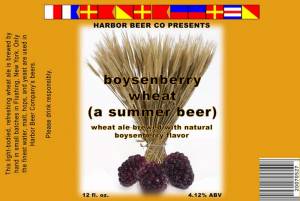
Avocado beer?
This month Fermentation Friday is being hosted by Marcus at FinalGravity, and he has asked us to answer the following question: What indigenous brewing ingredient have you used or would you like to brew with and what style would that beer be?
Thanks to Marcus for hosting, and make sure to check out the roundup post to check out everyone’s responses!
Good topic this month. My tastes definitely lie towards beers featuring interesting ingredients. Fruit, spices, vegetables, whatever – I like adjuncts of all kinds in my beer, even if it’s only for the novelty factor.
The way I see it – I know what most beer styles out there taste like when they are brewed “by the book”. A perfectly crisp and clean Kölsch; a silky smooth stout that pours as dark as your childhood nightmares. I enjoy beers brewed to style, and I often brew to style as a way of refining my process. Aiming for a set target with defined OG, color, and bitterness values is a great way to keep your system and process properly calibrated. However, brewing to style is not a terribly creative process.
When cooks get creative, they take established recipes and turn them on their head using interesting and unusual ingredient pairings. When brewers get creative, they do exactly the same thing. Take a Mexican lager and throw some chile pepper heat in there. Take that velvety stout and add some vanilla, some hazelnut, maybe some chocolate and cherry notes. Add some fruit to a basic American wheat, and you make an entirely different beer. Mess around with the grainbill and change the mouthfeel or the “chewiness” of the body. This is the stuff that gets me excited to brew – pushing the boundaries and perhaps coming up with the Next Great Beer.
Unfortunately, I haven’t had a chance to really stretch my wings that much. I’ve messed around on a few recipes, but for the most part, I’m still being cautious, because I don’t know enough about how ingredients interact yet. Most of my brewing takes established recipes and changes one or two variables, so I can gain the knowledge and confidence to really take it up a notch.
And there’s one ingredient I’ve been dying to use.
I’m not even sure if this is possible, or if it’s been done before (casual web searches say no).
It’s almost certainly not advisable.
Yes, I’m talking about avocado.
There’s just something about the creamy, unassuming taste of the humble avocado. It forms the backbone of guacamole. It finds a home in salads. Why not land a starring role in beer? Heh, my girlfriend thinks such a concoction would be horrible, and she might be right. The conspicuous absence of any avocado-beer recipes might be a sign that this is not a wise idea. However, I think if it was done correctly, if it could be done correctly, it would be tasty. Or disgusting. Hmmmm.
Aside from the fear of creating a nasty, undrinkable brew, I wonder about the oily avacado’s impact on head retention and other such issues. I need to go read my copy of Radical Brewing again and see if avocados are mentioned.
Please, if you have tried this, or know of a brewery that has, let me know. I know I can’t be the first to think of this, and I’m sure if I really searched I could find more info about it. In a way, though, I don’t want to look that hard – every time I thought I had a great, original idea for a brewing ingredient, a quick websearch told me I was brewer number 53,204,285,274,127 to give it a try. This is the only hope I have left to be a trailblazer – to go where no brewer has gone before. So, maybe you shouldn’t tell me about that great avocado beer your local brewpub has on tap every year – let me give it a shot and at least pretend I had an original idea. My girlfriend will let you know how it turns out.









